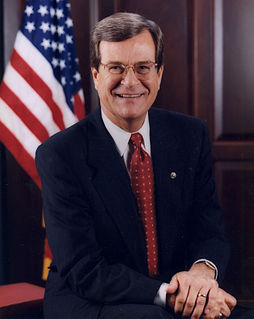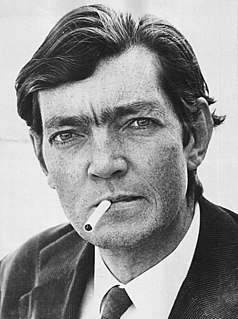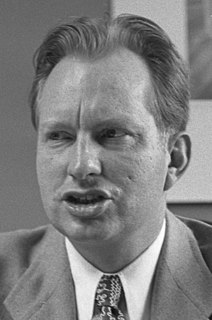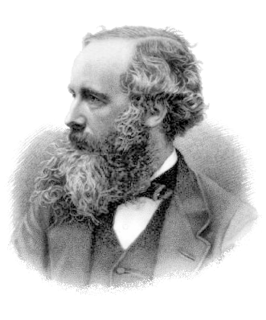A Quote by Frederick Lenz
It is through many lifetimes of shifting the aggregate of the self that one finally reaches a point of maximum velocity whereby one can snap off the circle completely and move into freedom.
Related Quotes
When you move off a point of power, pay all your obligations on the nail, empower all your friends completely and move off with your pockets full of artillery, potential blackmail on every erstwhile rival, unlimited funds in your private account and the addresses of experienced assassins and go live in Bulgravia and bribe the police.
A freedom or pleasure that rests on someone else's slavery or misery cannot finally satisfy the self because it is a limitation or narrowing of the self, an admission of impotence, an offense against generosity and justice. Our freedom depends on other people's freedom, for our fates are inextricably interwoven with others', especially with those we love.
There is no more precious experience in life than friendship. And I am not forgetting love and marriage as I write this; the lovers, or the man and wife, who are not friends are but weakly joined together. One enlarges his circle of friends through contact with many people. One who limits those contacts narrows the circle and frequently his own point of view as well.
...a point is reached where the self is so completely aligned with the still-point that it can no longer be moved, even in its first movements, from this center. It can no longer be tested by any force or trial, nor moved by the winds of change, and at this point the self has obviously outworn its function; it is no longer needed or useful, and life can go on without it.
So many of the properties of matter, especially when in the gaseous form, can be deduced from the hypothesis that their minute parts are in rapid motion, the velocity increasing with the temperature, that the precise nature of this motion becomes a subject of rational curiosity. Daniel Bernoulli, Herapath, Joule, Kronig, Clausius, &c., have shewn that the relations between pressure, temperature and density in a perfect gas can be explained by supposing the particles move with uniform velocity in straight lines, striking against the sides of the containing vessel and thus producing pressure.































